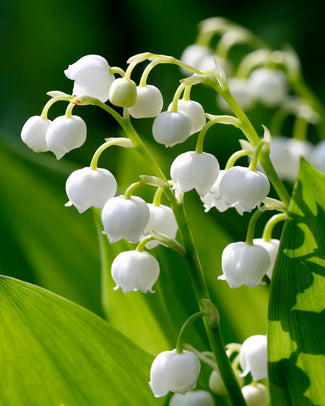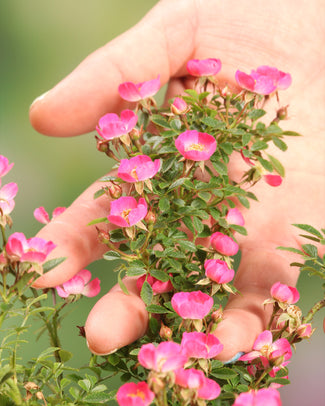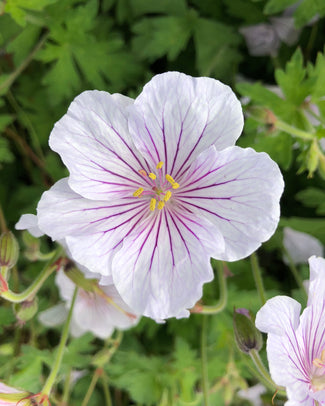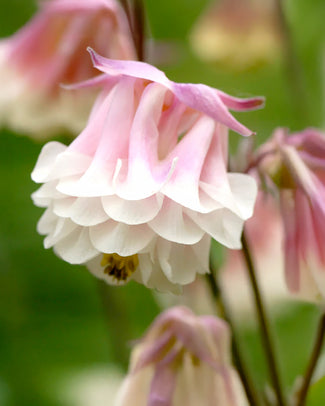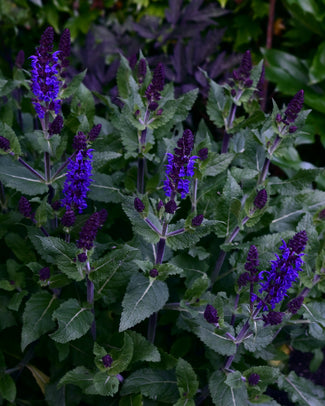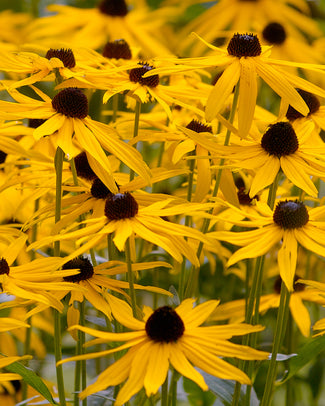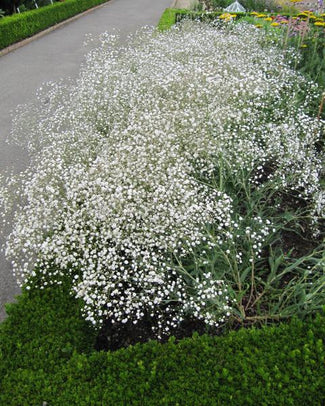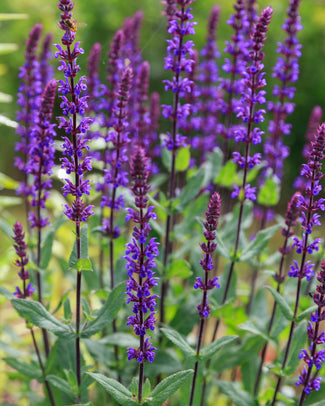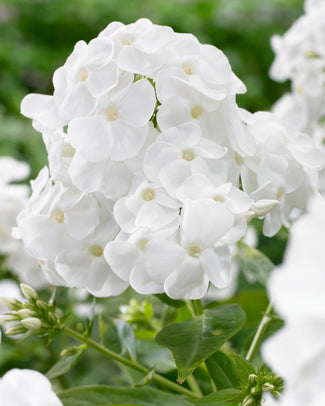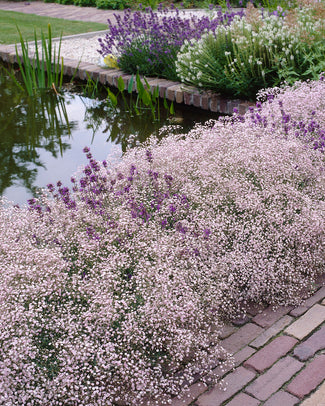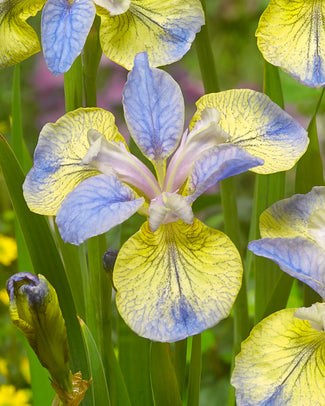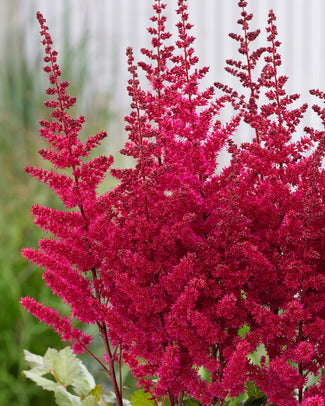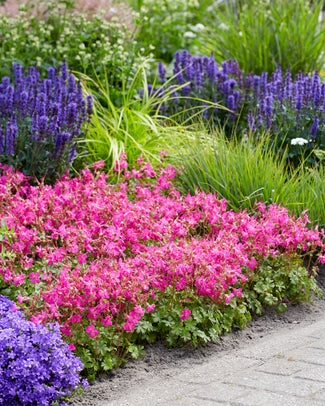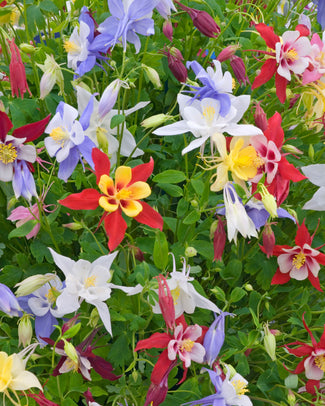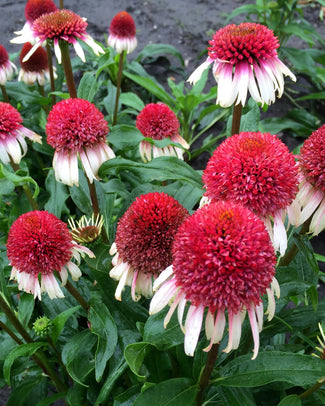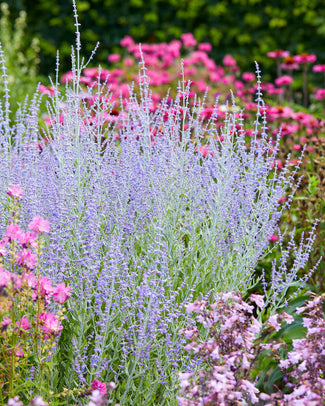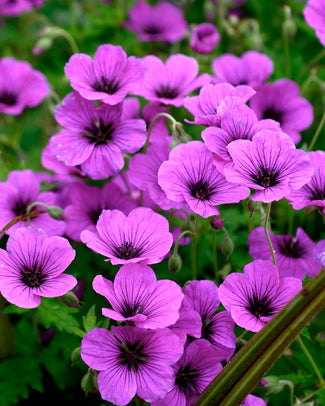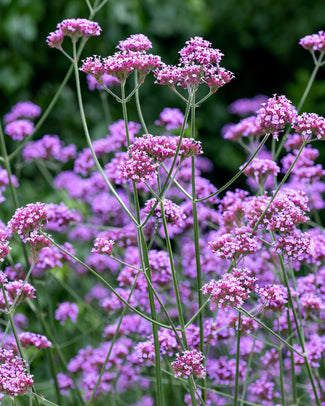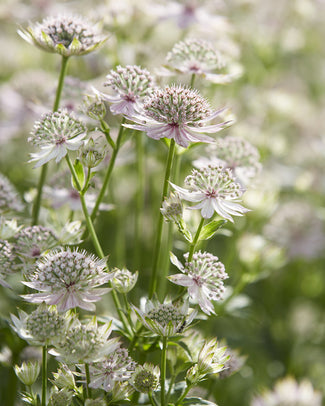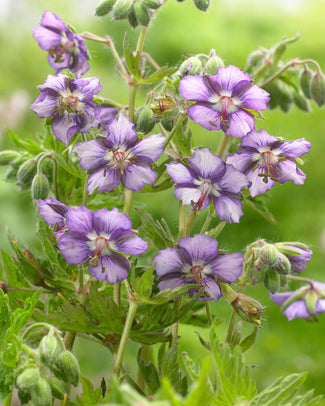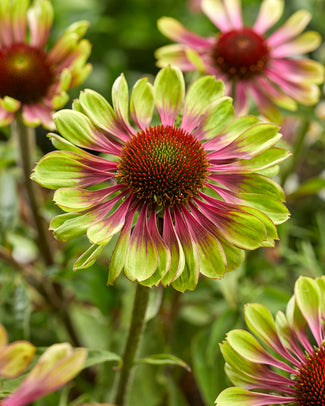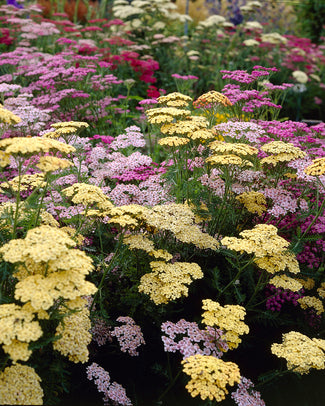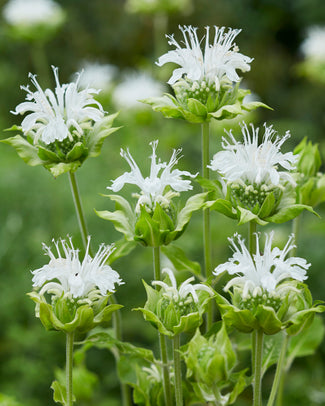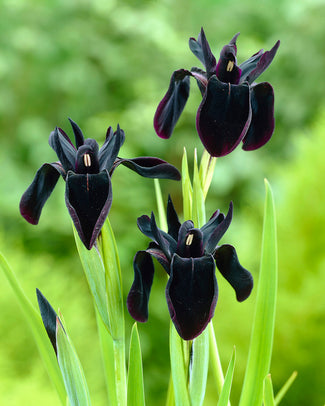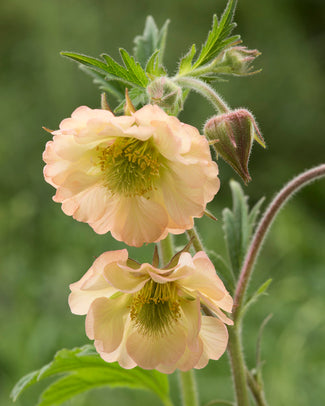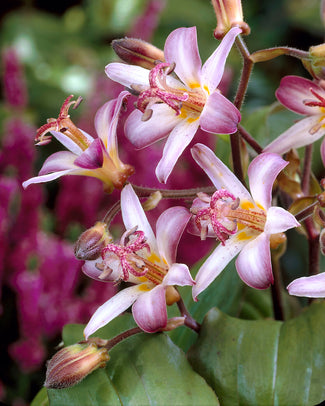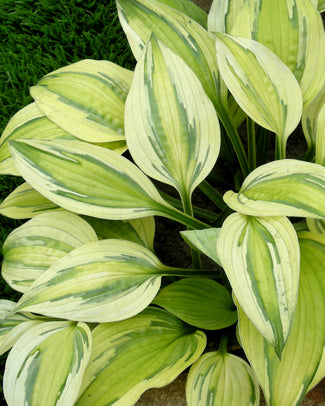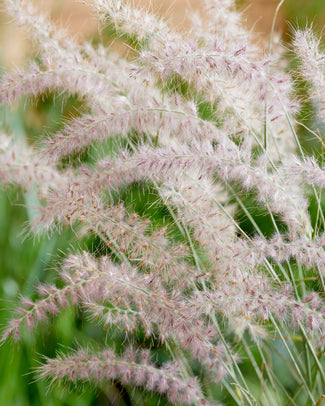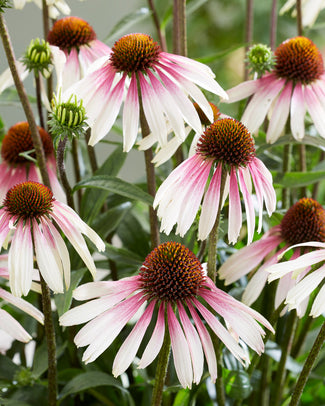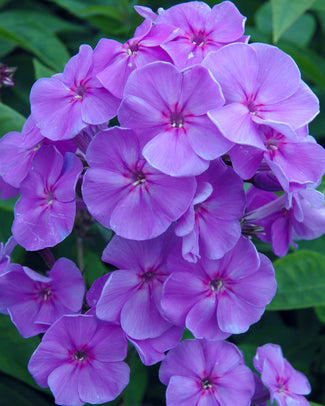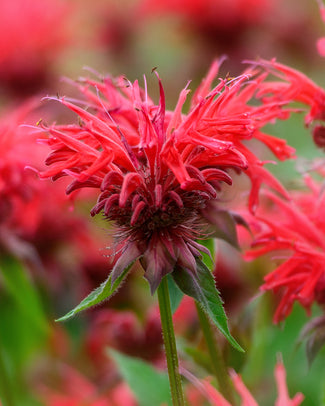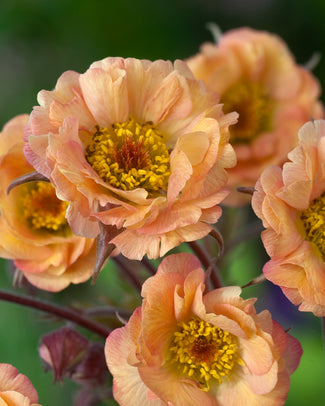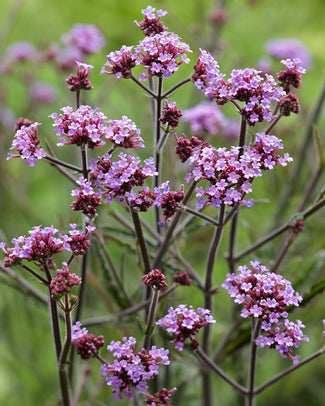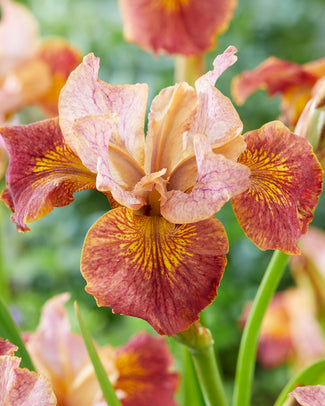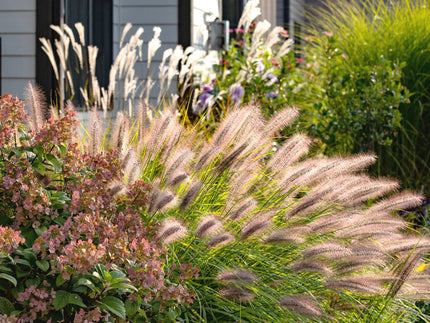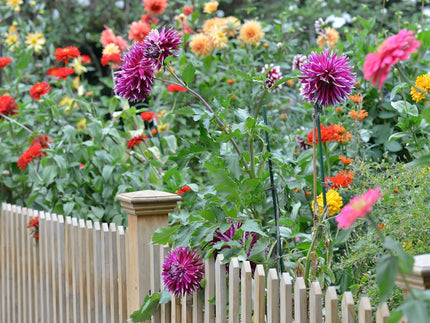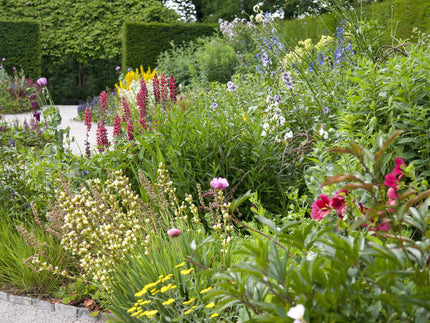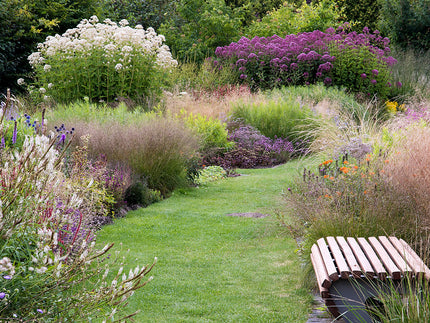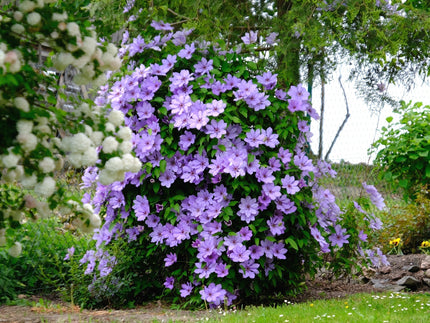How to plant Hemerocallis
Hemerocallis, also known as Day Lilies, are hardy perennials with strappy foliage and large star shaped blooms in a wide range of colours, borne in succession on sturdy stems and each bloom lasting only a day. These reliable fully hardy plants are easy to grow and are very long lived, making them a popular choice low-maintenance gardens. They thrive in sunny positions and prefer a moist fertile but well drained soil but can tolerate a poor soil or heavy clay. This perennial forms a clump which grows larger each year and the display improves each time.
How to plant
- Plant Hemerocallis bare roots in spring between February and May, ideally within a week of delivery.
- Soak the roots in water for 3-6 hours prior to planting. Pot into temporary 2 litre (or 15-20cm diameter) pots, using a good quality multi-purpose compost.
- Plant with the roots submerged and with the top of the root system just level with the soil surface. Any shoots or leaves which have emerged already should be left exposed above the soil surface.
- Grow them on in a sheltered area outside. They can be transplanted into suitable growing positions after 2-4 months or once growth is established and the plants easily come out of the temporary pots with the soil held intact by the roots.
- When planting into the garden, choose a position in full sun or very light shade. Hemerocallis grows well in most soil types, preferring a moist but well-drained soil.
- As with all young plants, monitor your new plantings for pest damage and keep space clear around the young plant, removing excess growth from neighbouring plants in the border to reduce competition.
- This perennial is fully hardy and does not require winter protection.
- Water-in after planting and keep hydrated when in growth, particularly during the first year.
Aftercare
- Hemerocallis is a hardy perennial and will fully die back in autumn and become dormant for winter. You should cut back dead or dying foliage and stems to 3-10cm above ground level in autumn or winter.
- Established clumps can be divided between late autumn and early spring. This involves digging up the clump and splitting it with a spade.
- During spring, be vigilant for slugs and snails when young growth begins to emerge.
































































































































































































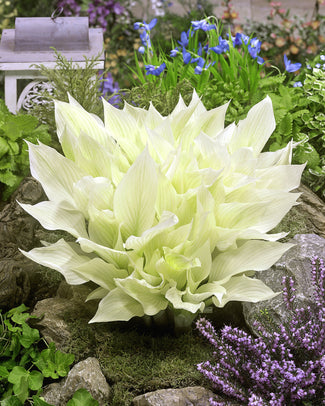
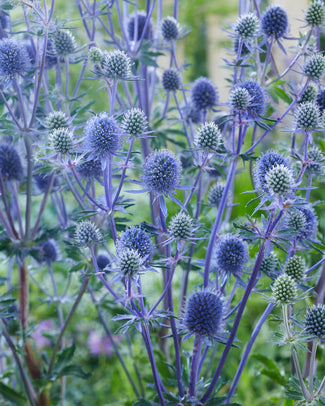
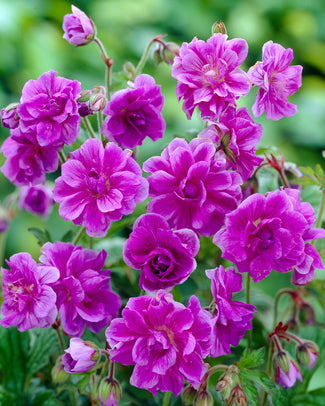
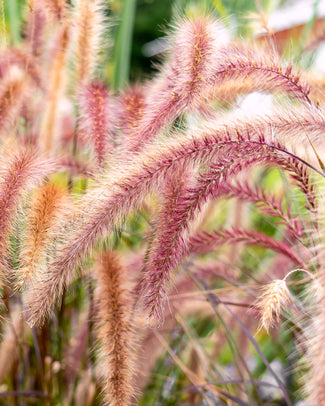
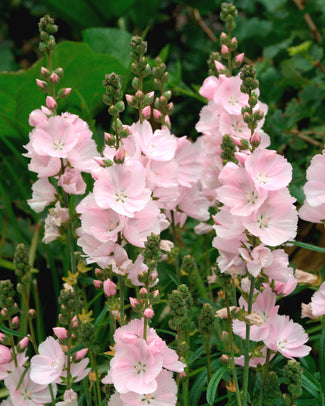
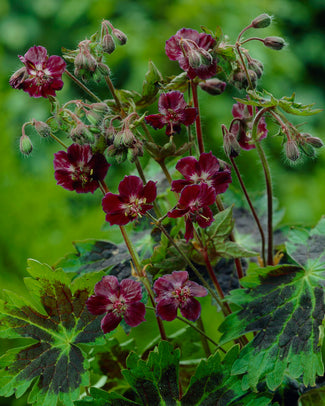
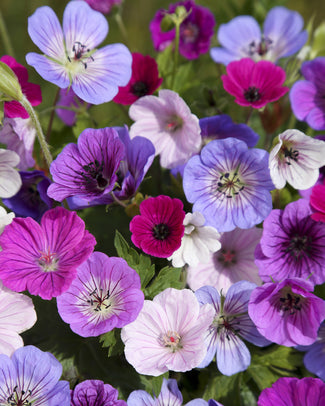
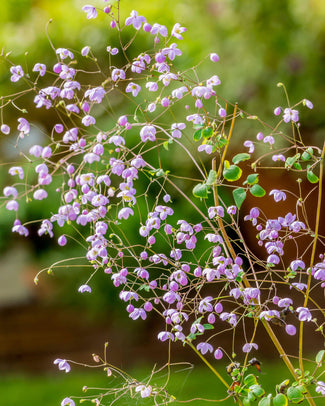
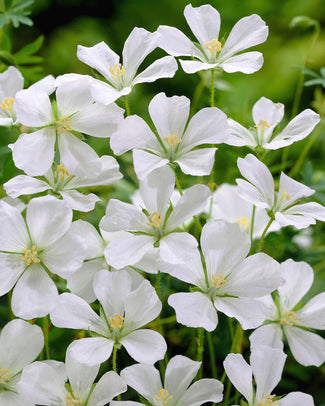
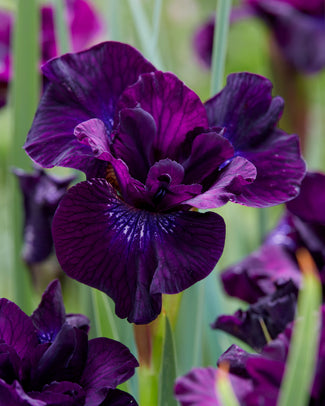
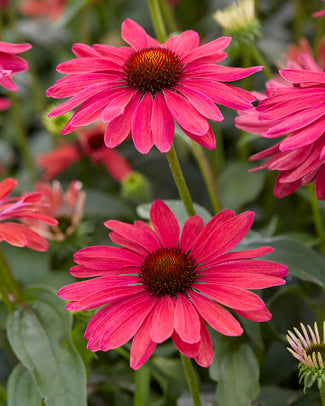
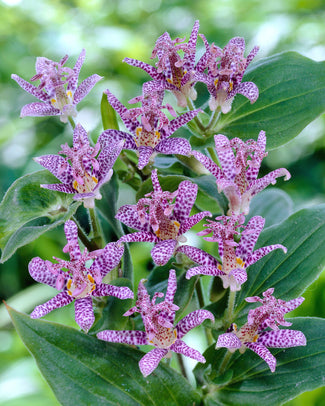
![Agapanthus 'Black Buddhist' []](http://www.farmergracy.co.uk/cdn/shop/products/agapanthus-black-buddhist-1_325x.jpg?v=1575625838)
